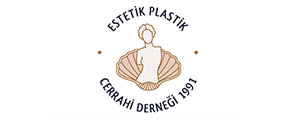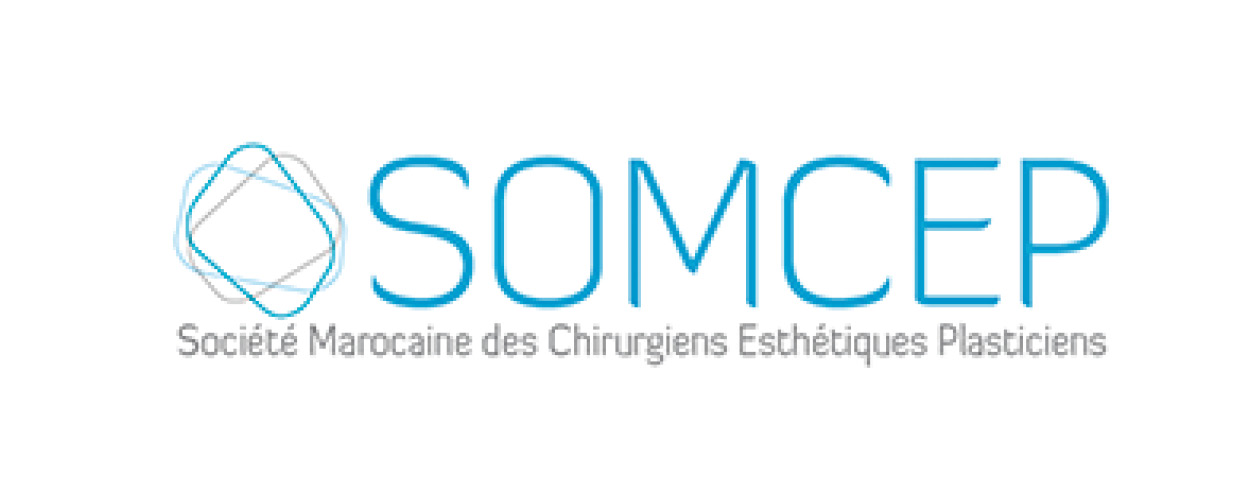VOLTAR
IMCAS World Congress 2019
IMCAS World Congress 2019
Programa
S258
MENA - Breast & abdomen surgery: complications and management (in collaboration with EPCD/TSAPS & SOMCEP)
Sala: Room 241 (level 2)
Data: sábado 2 fevereiro 2019 de 09:00 às 10:00
Formato: FOCUS SESSION > lectures covering a major topic of the congress
Data: sábado 2 fevereiro 2019 de 09:00 às 10:00
Formato: FOCUS SESSION > lectures covering a major topic of the congress
Apresentações desta sessão
| Horas | Palestrantes | Título da apresentação | Resumo | Número |
| 09:00 | Introduction of IMCAS Alert - Surgery | 83895 | ||
| 09:05 | Welcome message from the EPCD/TSAPS | Visualizar | 80535 | |
| 09:08 | Welcome message from the SOMCEP | 79025 | ||
| 09:11 | Cases presentations + debates + conclusions | 81159 | ||
| 09:11 | Case presentation: Cyto steatonecrosis and beyond | 83463 | ||
| 09:23 | Case presentation - Stem cell treatments in complicated breast reconstruction cases | 83899 | ||
| 09:35 | Case presentation - Four areas for fat grafting in composite breast augmentation | Visualizar | 80995 | |
| 09:47 | Case presentation - Aggressive liposuction combined with abdominoplasty: how to make it safe? | 81163 | ||
| 09:59 | Questions and answers | 81161 | ||














